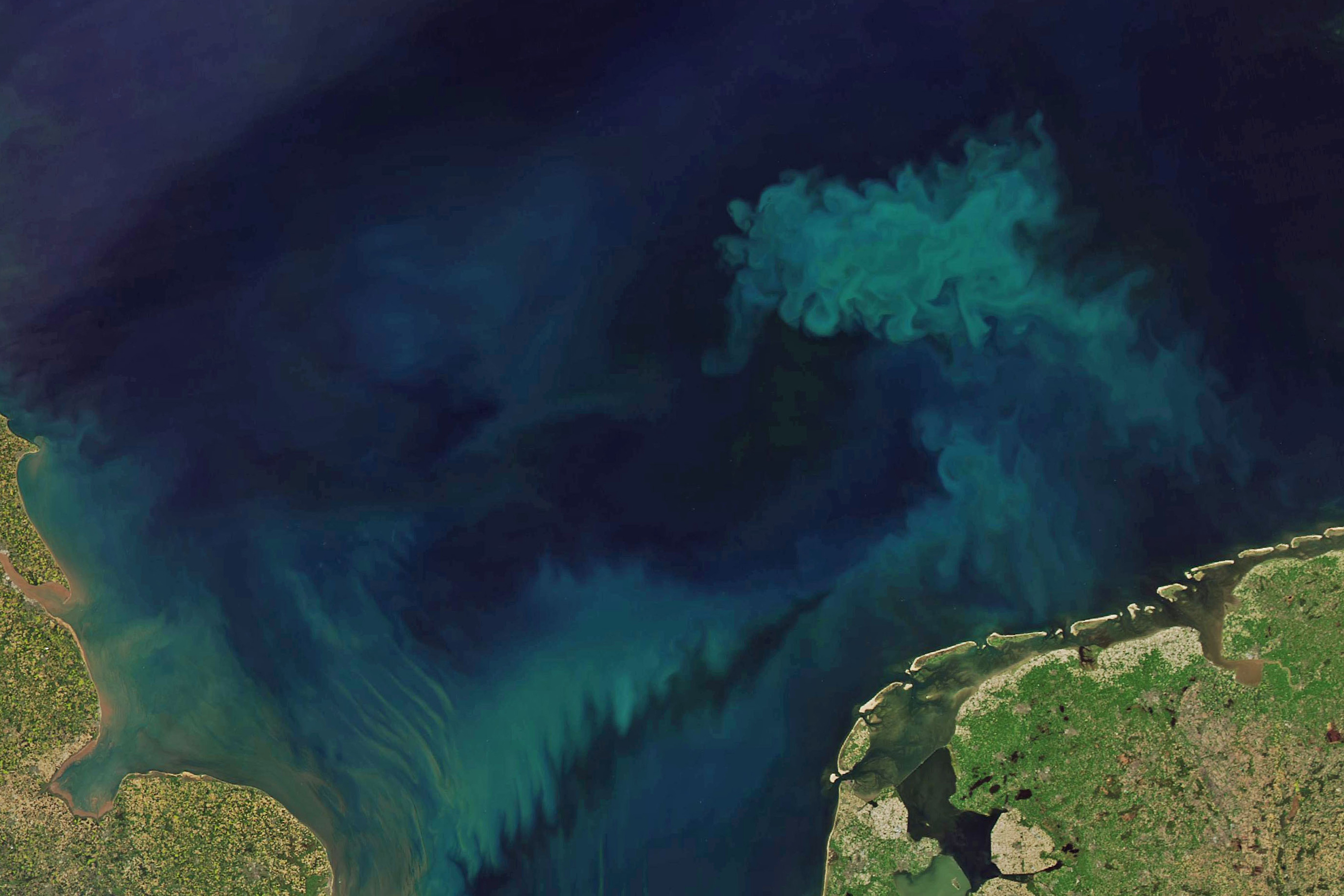
An international study has revealed that more than half of the ocean’s surface has become greener in the past 20 years, a dramatic global shift likely driven by climate change.
56% of the oceans, a surface area that exceeds the total land area, show color changes that are not explained by natural variations, they report in the journal nature Researchers at MIT and other institutions.
The phenomenon is most pronounced in an area that extends 40 degrees north and south of the equator, an area where natural variations are smaller and do not mask the direction of color change, the researchers say.
“My simulations have been showing for years that these changes in ocean color are something we see. To see that actually happen is not unexpected, but it is terrifying.” comment Stephanie Duskevich of MIT is a member of the research team.
phytoplankton
The green color in surface ocean waters comes from phytoplankton chlorophyll, a pigment essential to ecosystem functioning. In general, the more intense the green, the greater the concentration of phytoplankton, which forms the base of the food chain in all marine ecosystems.
The study does not examine the mechanism by which climate change might change the color of the water. Most likely, however, the change is not due to the rise in temperature itself.
A possible explanation is that phytoplankton grow faster due to an increased concentration of carbon dioxide in the atmosphere, which the phytoplankton absorb for photosynthesis and can thus act as “fertilizer”.
Another explanation is that climate change has altered the ocean currents that enrich the surface with nutrients such as iron and nitrogen.
satellite measurements
The concentration of chlorophyll at the ocean surface can be measured by satellites that record green wavelengths of light.
But because the color of the ocean changes throughout the year due to natural fluctuations, scientists once thought that at least 40 years of observations would be required before long-term trends could be determined.
The solution was provided by NASA’s Aqua satellite, which was launched in 2002 and monitors the Earth’s surface with a spectrophotometer that sees seven different wavelengths.
It was the use of many different wavelengths that allowed the researchers to get a clear picture of long-term trends over the past 20 years.
To confirm the conclusion, the researchers compared the results with those of a computer model that simulates the potential response of marine ecosystems to an increase in atmospheric carbon dioxide concentration. The measurements were indeed in line with the model’s predictions.
Kyle of the National Oceanography Center in Southampton, Britain, first author of the study: “This indicates that the trends we are observing are not due to random fluctuations in the Earth system.”
The recorded changes are invisible to the naked eye, but they are an ominous evolution of marine ecosystems and planetary balances.

“Avid problem solver. Extreme social media junkie. Beer buff. Coffee guru. Internet geek. Travel ninja.”





More Stories
In Greece Porsche 911 50th Anniversary – How much does it cost?
PS Plus: With a free Harry Potter game, the new season begins on the service
Sony set to unveil PS5 Pro before holiday season – Playstation